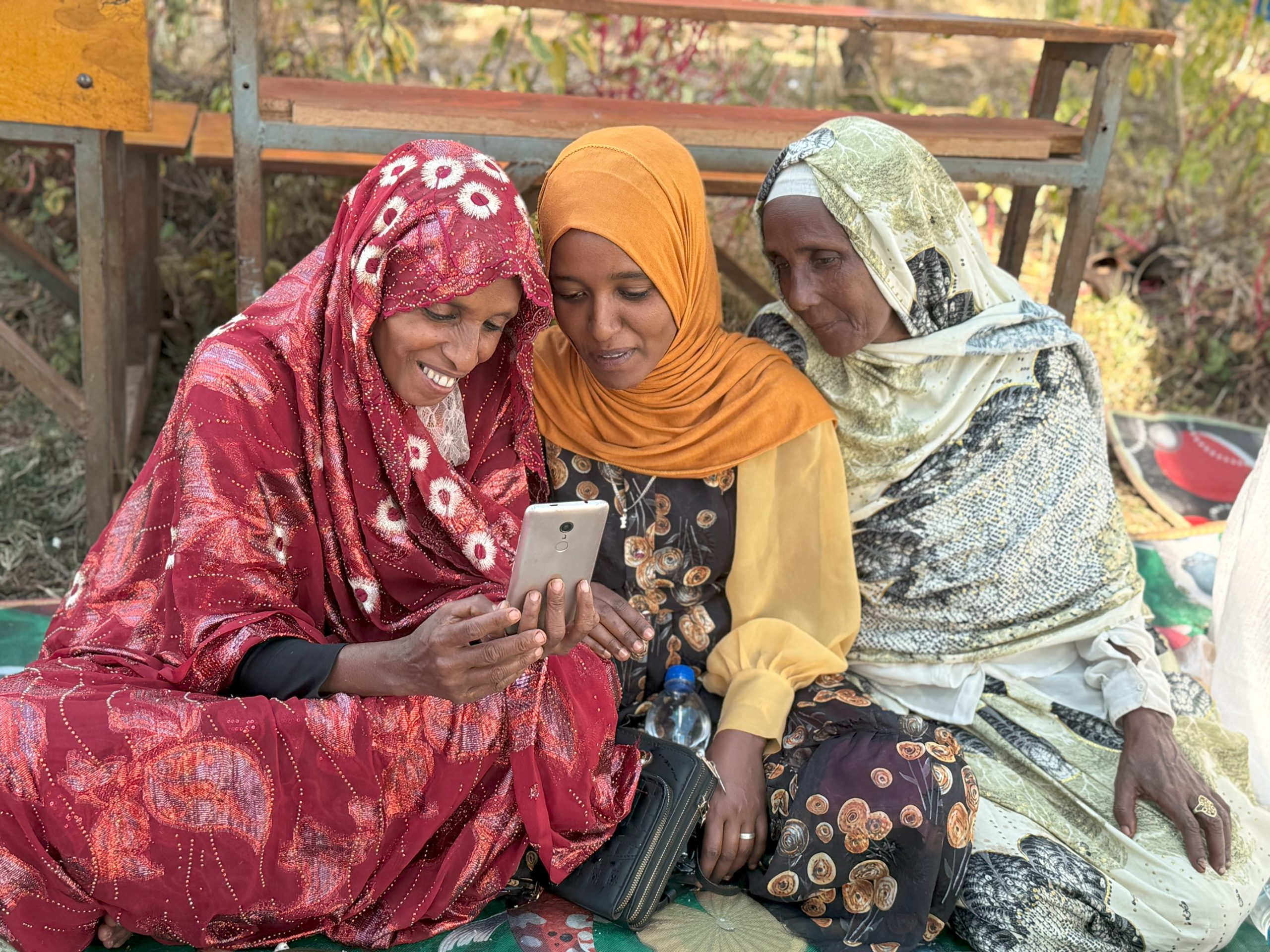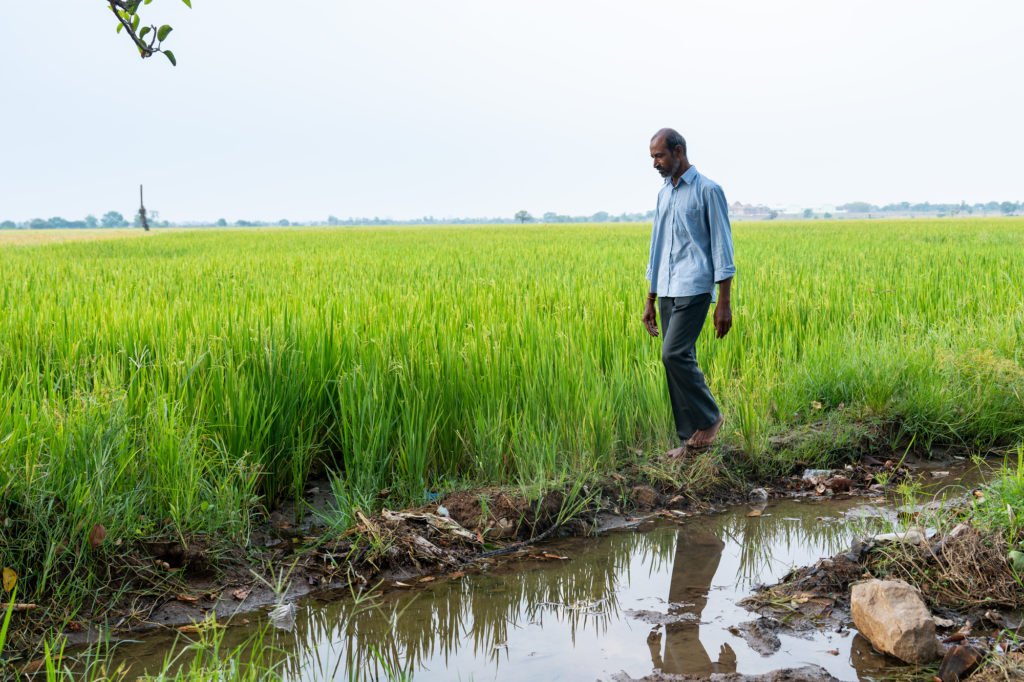Indian agriculture is in turn and nearly 42% of their workforce connects on small farms (IFAD). The sector faces increasing pressure: lack of water, growing debt and up to 15% after harvest (NABARD study). Over the past three years, 70% of small owners lost half or more crops, with 71% of serious impacts and income by 15.7% since 2022 (2024 farm voice surveys). Finally, by 2030, India is planned to see a substantial 5.8% decrease in working time-e-ectober to 34 million full-time jobs for thermal stress (WEF).
However, the promise of innovation controlled and is real: investment in 15 basic agricultural data sets could unlock $ 65 billion for Indian farmers (WEF), which would be more resistant and profitable food systems. According to the Council for Digital Agriculture in India, only 30% of Indian farmers used digital tools representing a huge, unused opportunity for climate transformation.
Regenerative future fund and climate grants of Cisco Foundation Fundation and non -profit organizations that combined technology and determination of farmers for a more regenerative future. This means scaling of overwork, soil health, carbon markets and natural solutions throughout India. Here are examples.
Mitti Labs: Transformation of rice for climate and living
Rice agriculture consumes 30% of the world’s fresh water (WFP) and produces 12% of global methane emissions (WWF) – which is central for Indian food and climatic targets. Mitti Labs It is a pioneering approach to technology to decarbonization of rice production and remuneration of regeneration practices.
Supported by Regenerative Future Fund, Platform Regenerative Furate Fund, Mitti Labs Platform ‘AI-Power Digital Monitoring, Reporting and Verification (DMRV) platform, combines and sensor data with field support that helps farmers to accept wetting and drying (AWD). AWD reduces methane and water use by up to 40% when holding or increasing yields. According to Mitti Labs there are several ways to gain traction:
- Field results come: In the Telangan Warangal, AWD reduced water use by 37% in holding yields. In Haryan’s Safidon, AWD reduced water by 19% without loss of yield. These results mean Lower methane emissions, improved water protection and new income For thousands of farmers who got into the climate.
- Market leadership: Partnership with Carbon Place, good carbon, Ceezer and Mitti Labs clover allows secure carbon credits based on methane to buy Global buyers that would like to support the efforts to avoid. His entire offer from 2025 is fully assigned, with more set at 2026 and 2027.
- Global recognition: Sylvera, a rating agency, called Mitti Labs a “key activator” of methane reduction in rice (Sylver, 2024).
As Madhuri, a field manager of Mitti Labs in Warangal, shares: “It is encouraging to see how more and more farmers understand our AWD programs and apply to join our movement.” The leading community reflects the impact: “One of every four farmers in Warangal is now taking part.”
https://www.youtube.com/watch?v=wau6nakhzc
Since 2023, Mitti Labs has joined 30,000 farmers, has expanded digital monitoring, reports and verification (DMRVs) to 10 million hectares, and launched projects with partners such as Foundation and Nature Conservance. Their pipeline includes India and Southeast Asia and focuses on 200 000+ farmers and more than a million credits avoiding carbon per year. With technological and new markets, Mitti Labs creates the future of rice decarbonization.
Digital Green: AI for climate resistant, regenerative agriculture


Digital green It transforms agricultural consulting services for small farmers through its assistant Ai-power Farmer.chat. This innovative platform deals with the need for timely, localized and action recommendations on the farm and market-especially for populations poor in sources, low literature and low convullytivity. Farmers and extension workers can solve quarries using text, images or videos in regional languages. The platform provides key information, such as weather forecasts, warning of crop and pests and reminders for regeneration practices.
Supported by the Cisco Foundation’s Grant in 2024, Farmer.Chat reached more than 460,000 small agricultural schools in 2022. Evidence shows that it controls behavior changes, especially when receiving regenerative crop nutrition, disease management, soil health and organic fertilization.
Since women make up more than 42% of the Indian agricultural workforce and face barriers such as the design of a lower mobile phone-digital green, climate advice allows to achieve those who need it.
As the Rikin Gandhi CEO: “Thanks to partners like Cisco Foundation, we help build a more resistant and fairer food system – Oone Voice, one decision, one farmer in time.”
Farmers for Forests: A-Powred Monitoring for Forest


Farmers for Fores (F4F) It uses AI to revolutionize monitoring in agroform practices, partly in regions that face a new trees cover and loss of biodiversity – India itself has lost 5 million trees in two decades. With the support of the CISCO Foundation’s climatic grants, the Cisco Foundation develops an AI F4F platform with open source code using day and satellite data for scalable and accurate monitoring.
The platform even detects even small trees under four feet – often found traditional satellite models – and monitors carbon sequestration and irrigation. It integrates computer vision models such as Meta’s Detectron-2 and DeepForest, Plus AI trained on tree data files for classification of species and biomass estimate. These tools enable carbon estimate and biodiversity mapping and support holistic ecological restoration.
The F4F vision is to allow highly integrity, forested and agrolerts to support data and 2030. The focus of the vulnerable farmers has allowed adrive insights to be made to tangible benefits that liked water security, improved soil health and greater resistance through efficient carbon management and sequestration.
Using AI for Agriculture in India
In addition to the regenerative future fund and climate Grant port Krishi Mangal (with social alpha) supporting startups as Tracex (Advanced adherence to the AI-ML supplier chain and monitoring of deforestation), Satyut Analytics (Satellite and Ai-peer findings for agriculture) and Jaljeevika (Chatbots controlled and for aquaculture, increased productivity and traceability).
Cisco and Cisco Foundation’s Holistic Investment Strategy is in accordance with global recommendations in accordance with global recommendations: create digital infrastructure, data ecosystems and scalable applications for 150 million Indian small owners and build on 40% of AI growth over the last five years. This approach to the platform is not just about technology – it is a transformation of yields, transparency and resistance in scale.
This blog was with the help with the help of Stasi Baranoffa, the Grant Cisco Climate Grant, Temsystems in Cisco.
Share:
(Tagstotranslate) the main office for sustainability

